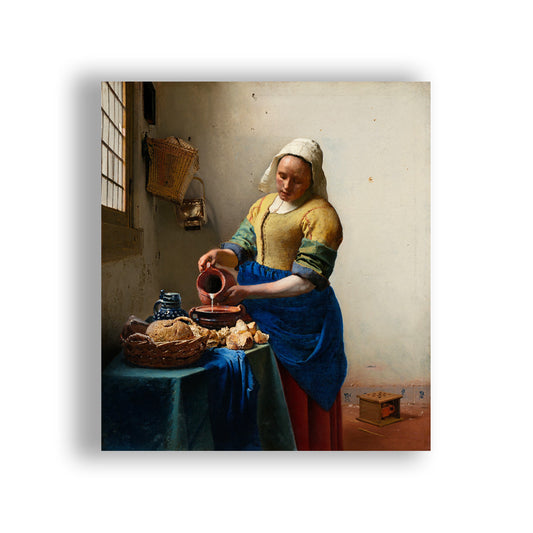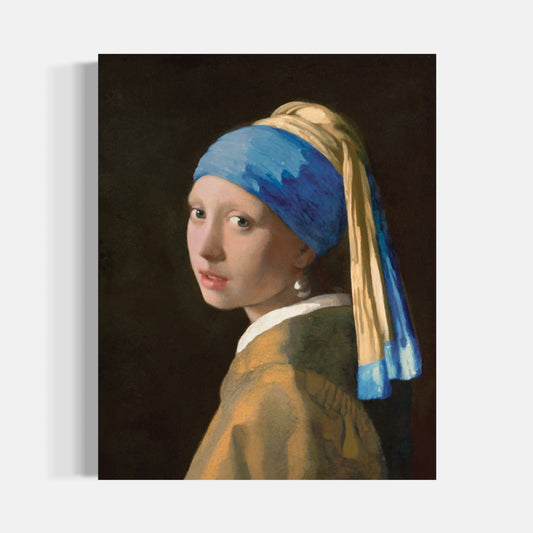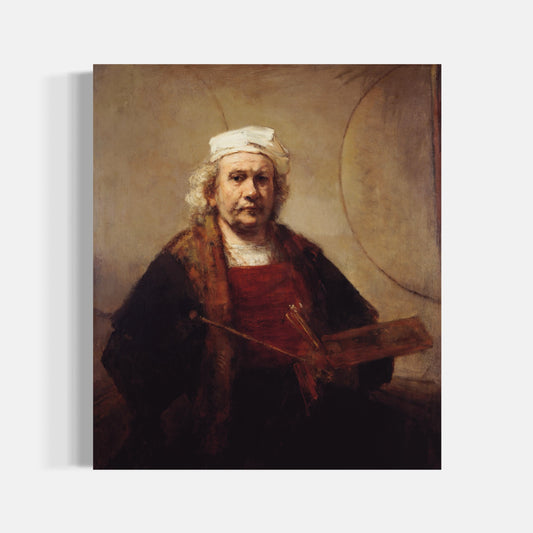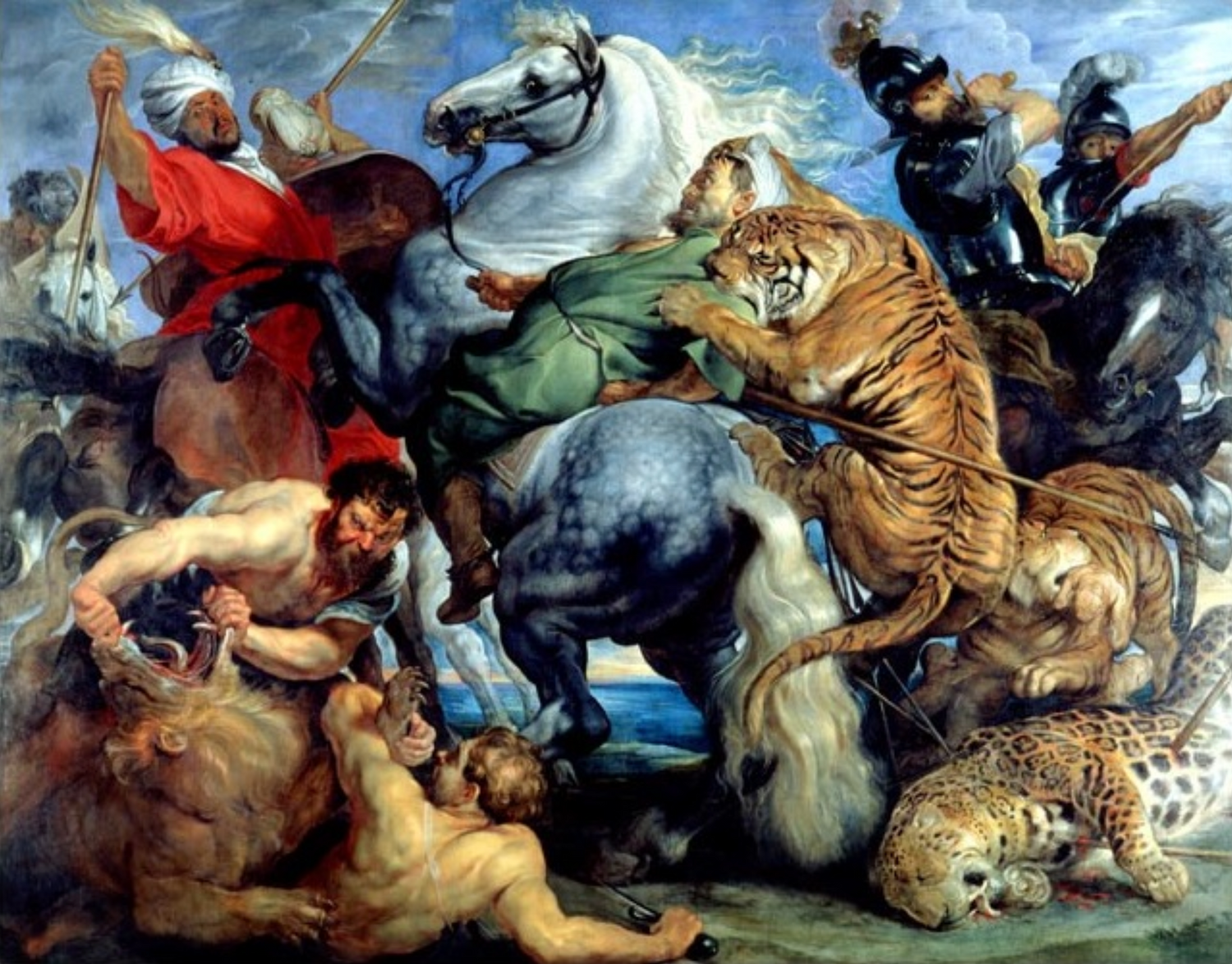
Baroque
Era: XVIIth - XVIIIth century
The Baroque artistic movement emerged in Europe at the beginning of the 17th century and extended until the mid-18th century, characterized by great ornamental richness, visual dynamism and dramatic use of light and shadow, known as chiaroscuro. This style aims to arouse emotion and impress the viewer with its intensity and opulence.
Baroque painters such as Caravaggio, Peter Paul Rubens, Diego Velazquez and Rembrandt used complex compositions, dynamic diagonals and sharp contrasts to create a sense of movement and depth.
Baroque works are often theatrical, featuring moments of great emotional intensity, whether they are religious, mythological or historical stories. A fundamental aspect of Baroque is its masterful use of chiaroscuro to heighten the drama and tension in the scenes depicted. This technique, popularized by Caravaggio, allows attention to be focused on certain parts of the composition while creating a mysterious and captivating atmosphere.
In summary, Baroque in painting is a rich and dynamic style that seeks to captivate and move the viewer through its bold use of light, complex compositions and dramatic scenes. This movement left a lasting imprint on art and continues to influence artists and viewers today.
Remarkable Artwork
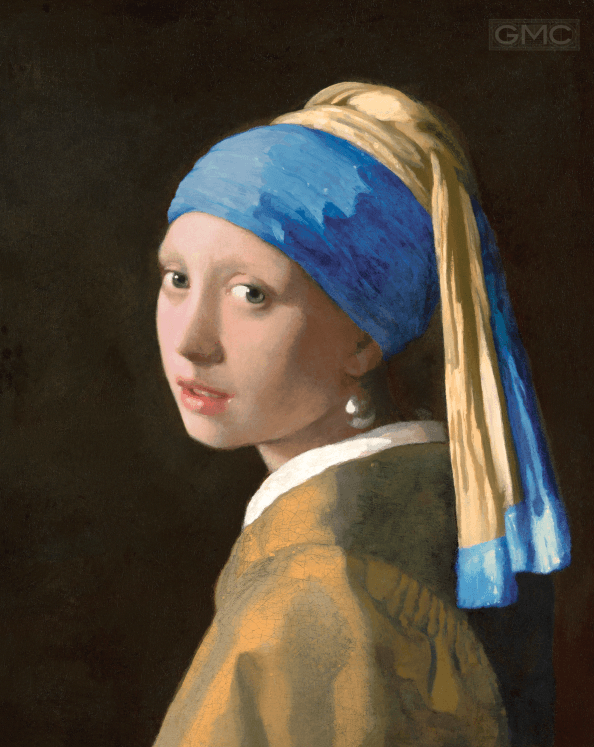
Girl with a Pearl Earring
Johannes Vermeer
Year of creation: 1665
Estimated Market Value: 950 M$
Original Format: 44.5 cm x 39 cm
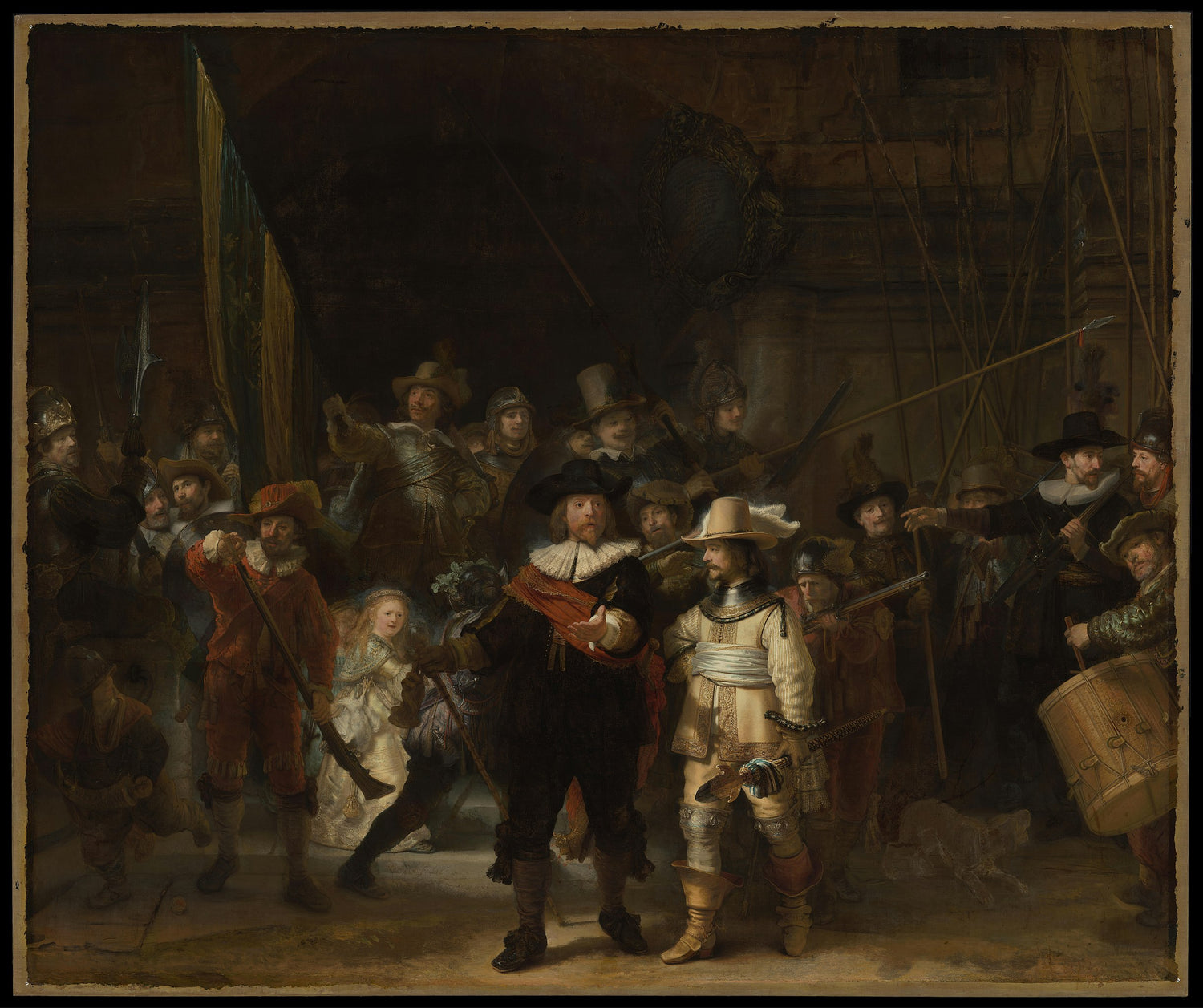
The Night Watch
Rembrandt
Year of creation: 1642
Estimated Market Value: 725 M$
Original Format: 363 × 437 cm
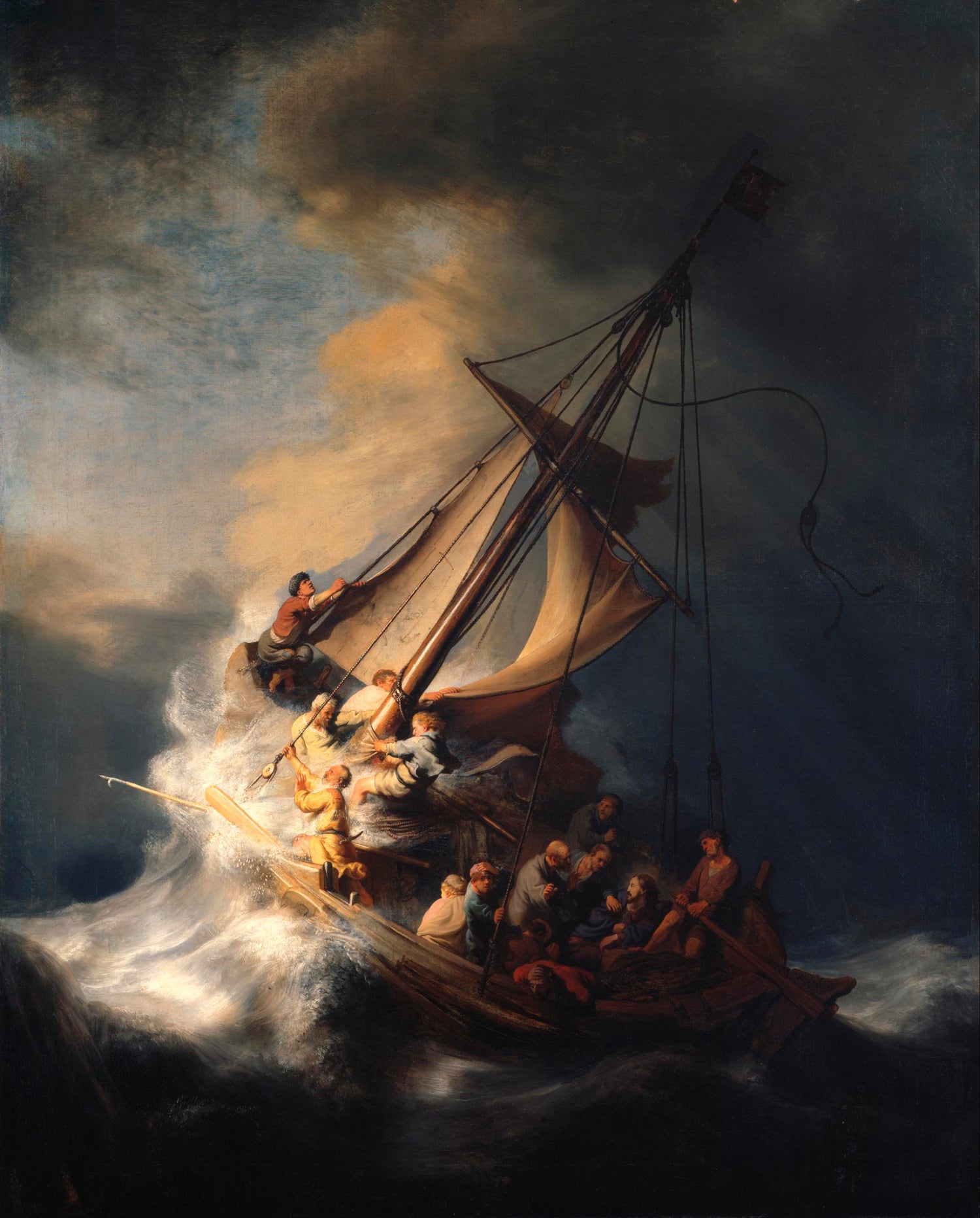
The Storm on the Sea of Galilee
Rembrandt
Year of creation: 1633
Estimated Market Value: 400 M$
Original Format: 160 cm × 128 cm
Available to Purchase
-
The Milkmaid
Regular price From $227.00 CADRegular priceUnit price / per -
Girl with a Pearl Earring
Regular price From $267.00 CADRegular priceUnit price / per -
Self-Portrait with Two Circles
Regular price From $208.00 CADRegular priceUnit price / per


